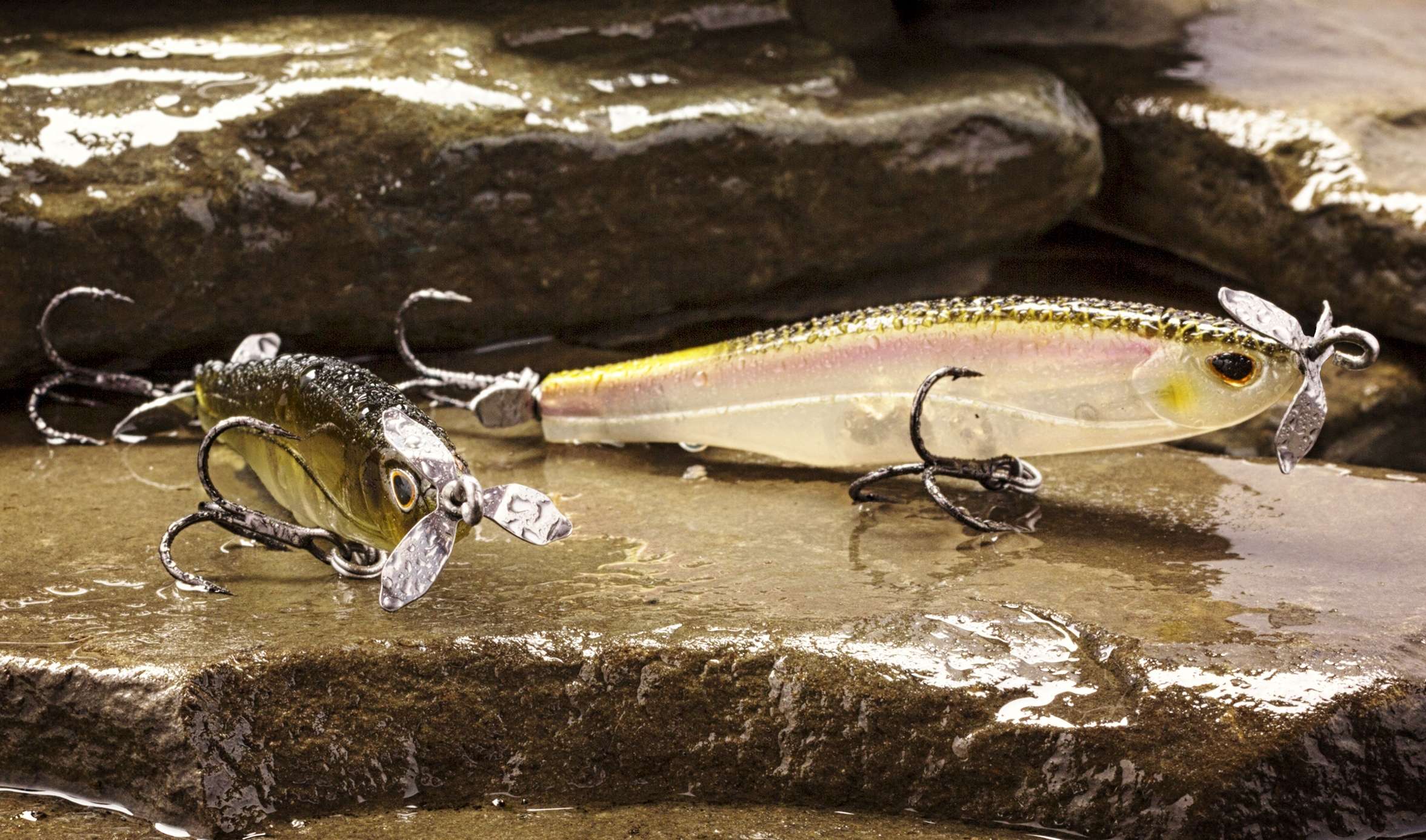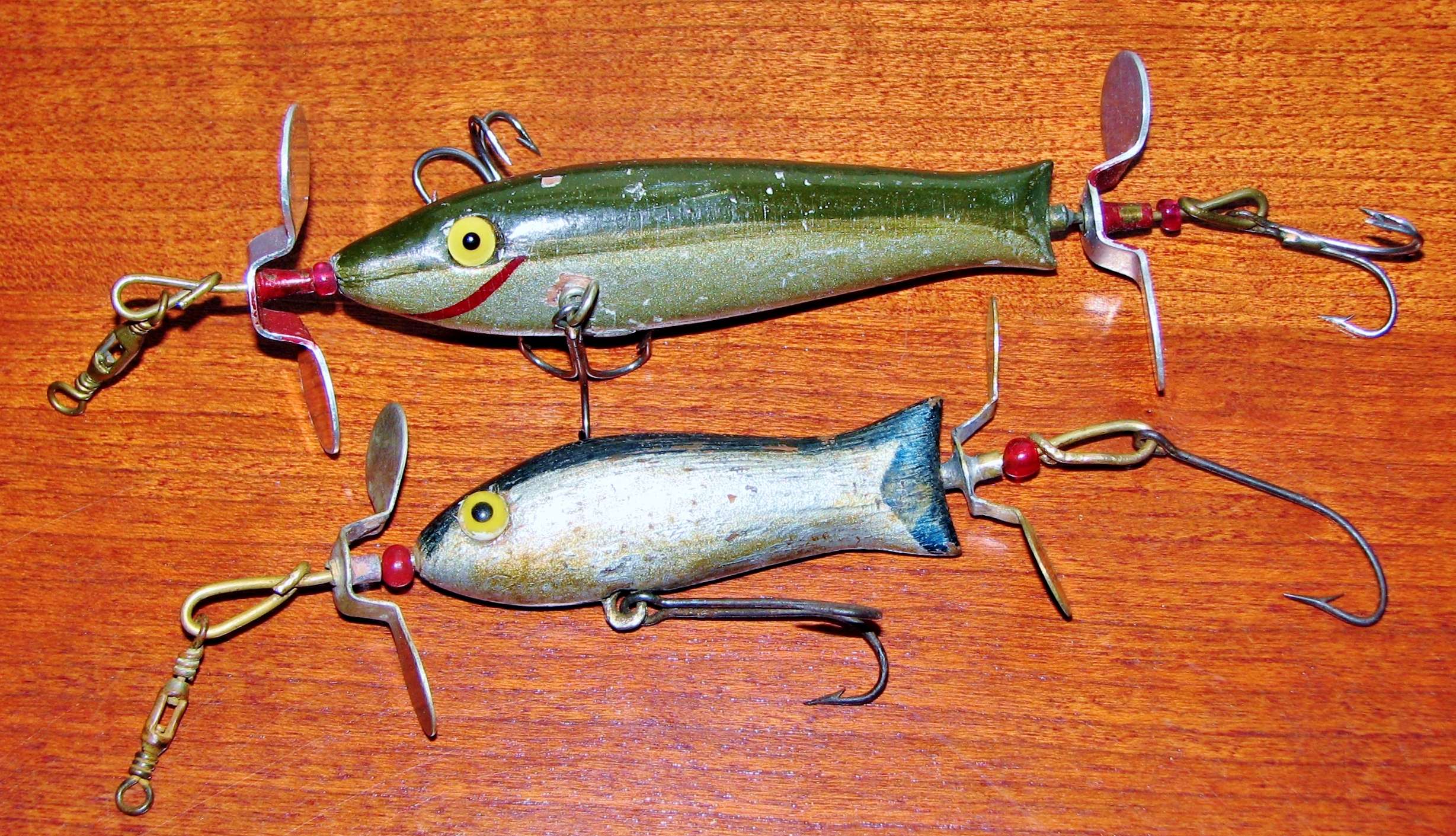
If you’ve been paying attention, then you know a new class of lures has emerged in recent years. They’re called “spybaits,” and they’ve become a mainstay on tour.
Why? Because they work … oftentimes when nothing else will. And they are effective on all species of black bass, so long as the water is reasonably clear.
Just this past season, Kevin Van Dam won the St. Lawrence River Elite event using a spybait. Brent Ehrler and Jonathon Van Dam finished fourth and fifth respectively using them as well. All three carried huge bags of smallmouth to the scales each day of the event, proving how effective they can be at fooling even trophy-sized fish.
But are spybaits really new?
Manufacturers would like you to believe they are. The truth is, however, they’re not new at all. They’ve been around since the early 1900s. But before I share their history, it’s important we define the lure by its physical characteristics.
Spybait anatomy
Spybaits — also referred to as “spinbaits” — are hard body, minnow-shaped lures that feature fore and aft propellers. They’re usually diminutive in size and designed to sink — some at a slow rate, others more quickly. Regardless of how they are weighted, a good spinbait should fall horizontally with a subtle wobble through the water column when paused.
To my knowledge, all contemporary models are hollow and constructed of hard plastic. They’re molded just like hard-plastic jerkbaits with internal weights that serve as ballasts. This is key to their functionality, and it helps with casting distance as well.
Spinbaits are productive in clear water for a number of reasons. One is profile. Slender and minnow-shaped, they appear as natural forage. They also feature other physical characteristics of live baitfish — eyes, gills, reflective and/or translucent finishes. But what separates them from other subsurface hard baits is their revolving spinners, which flash and emit a subtle clicking sound during rotation. The props also create turbulence, which helps to fool bass tracking the lure from behind — a common occurrence with many predator fish.
Perhaps better than all of these various physical aspects is that the fish haven’t seen them … at least not for a long, long time.
Back to the beginning
Sometime around 1900, lure makers of the day began experimenting with what became the first “underwater minnows” — baits that were designed purely for subsurface retrieves. They used wooden bodies, weighting them internally and externally along the centerline of the belly, until establishing a desired sink rate.
Back then, casting equipment was crude and much less efficient. As a result, casting distance was limited. Having weighted bodies helped. Trolling, too, was a common presentation, and these lures served well for that application. (Remember, this is prior to the introduction of outboard motors. Trolling was facilitated by rowing or paddling a boat manually.)

Among the true pioneers of underwater minnow development was Samuel Friend, a railroad worker with a skill and passion for fabricating wooden lures. Although his creations were crudely finished, they must have been effective, or at least popular. This is evident by the number of surviving examples found in collections today, and through literature and ephemera from the period.
Other makers, too, were experimenting with subsurface minnow imitations. And as these various minnows gained popularity, larger lure companies took notice — introducing their own versions soon after. Among them were manufacturing giants Heddon, Shakespeare and South Bend. Having the resources and more advanced production capabilities, the bigger companies soon took over the market. And, as a result, the quality, look and performance of underwater minnows improved.
They were more appealing to the eye. Which, like today, drove sales.
So, the next time you hear of someone claiming to be a pioneer of spybaiting, you’ll know otherwise. These lures have been catching fish in the same manner for well over a century.
Note: This is part of my series on “first” lures. Others include The first swimbait, The first frog, The first jerkbait and The first crankbait. To learn more about vintage fishing tackle, visit my website and Facebook pages.

